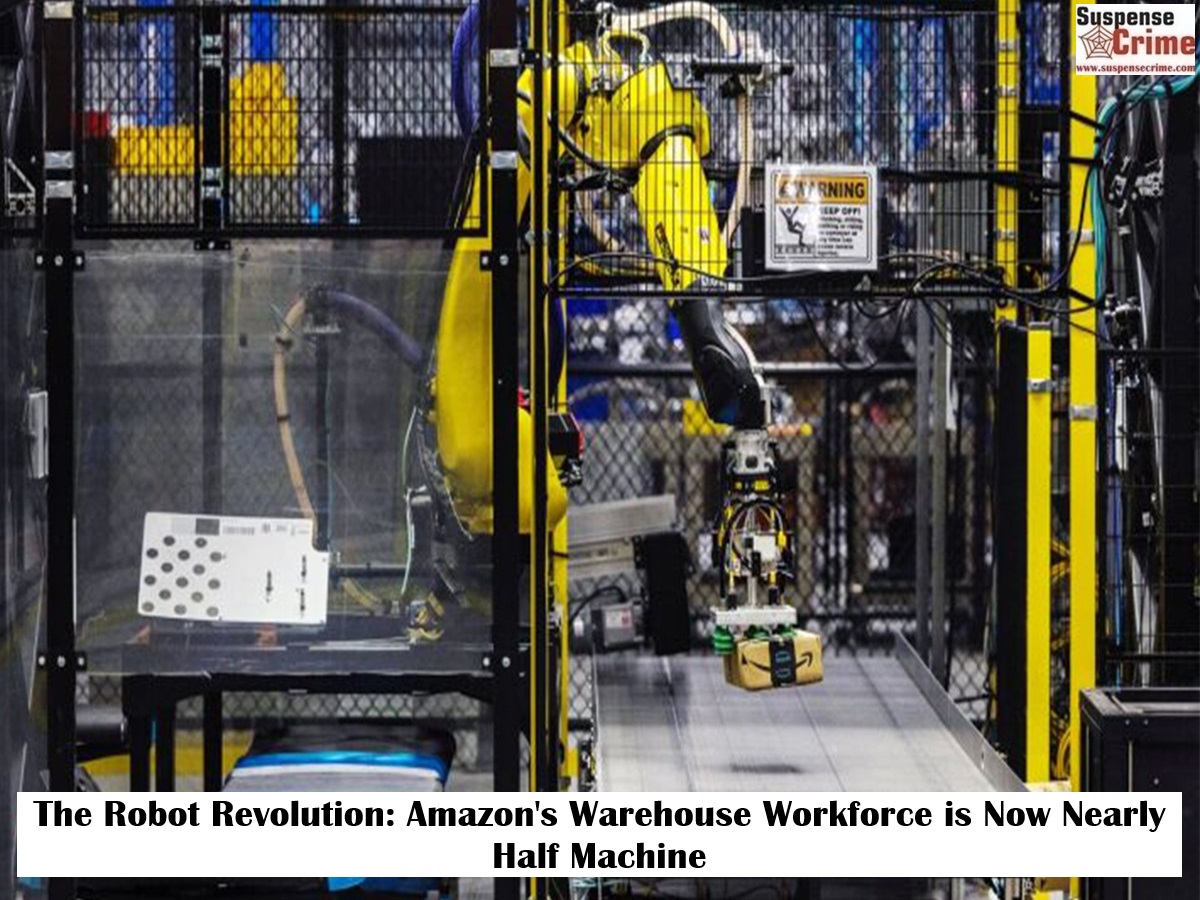
Suspense crime, Digital Desk : The future of the warehouse is here, and it's powered by an army of machines. E-commerce giant Amazon has reached a stunning milestone: its fleet of robots operating in its fulfillment centers now nearly equals the number of its human warehouse employees, signaling a massive acceleration in automation.
The company now deploys over one million mobile robots across its global network, a figure that stands almost neck-and-neck with its human workforce in logistics. This robotic army is central to how Amazon fulfills billions of orders with unprecedented speed.
These aren't the walking, talking robots of science fiction. The majority of Amazon's robotic workforce consists of drive units that autonomously lift and move shelves of goods, bringing them directly to human workers. The goal is to eliminate highly repetitive and physically strenuous tasks, such as walking miles across a vast warehouse floor to retrieve a single item.
But the technology is evolving rapidly. Amazon is already testing the next generation, including:
Sequoia: A new robotic system designed to manage inventory and bring it to employees even faster, aiming to improve shipping times.
Digit: A bipedal, humanoid robot capable of grasping and moving items in a way that mimics human actions, designed for tasks that require more mobility.
Amazon maintains that its strategy is not about replacing people but augmenting their abilities. The company states that automation helps create a safer work environment by taking over difficult tasks, and it allows employees to focus on more complex problem-solving and quality control that require human ingenuity.
This massive integration of robotics represents a fundamental shift in the logistics industry. As Amazon continues to pioneer this technology, it offers a clear look into the future of work, where human and machine collaboration becomes the new standard for efficiency and productivity.
Read More: Bangladesh Unrest Intensifies as Angry Mobs Target Media Offices Following Death of Student Leader

 Share
Share



